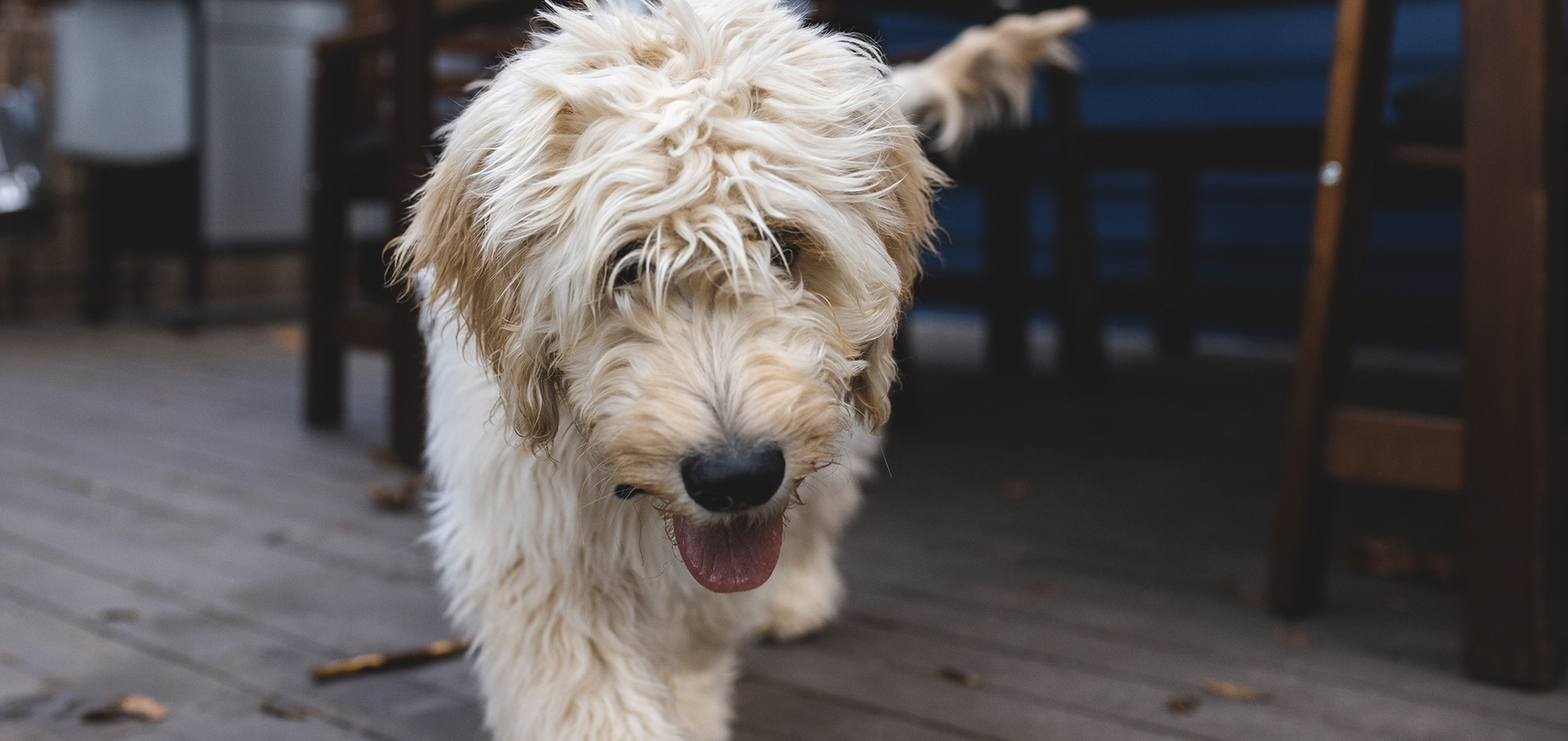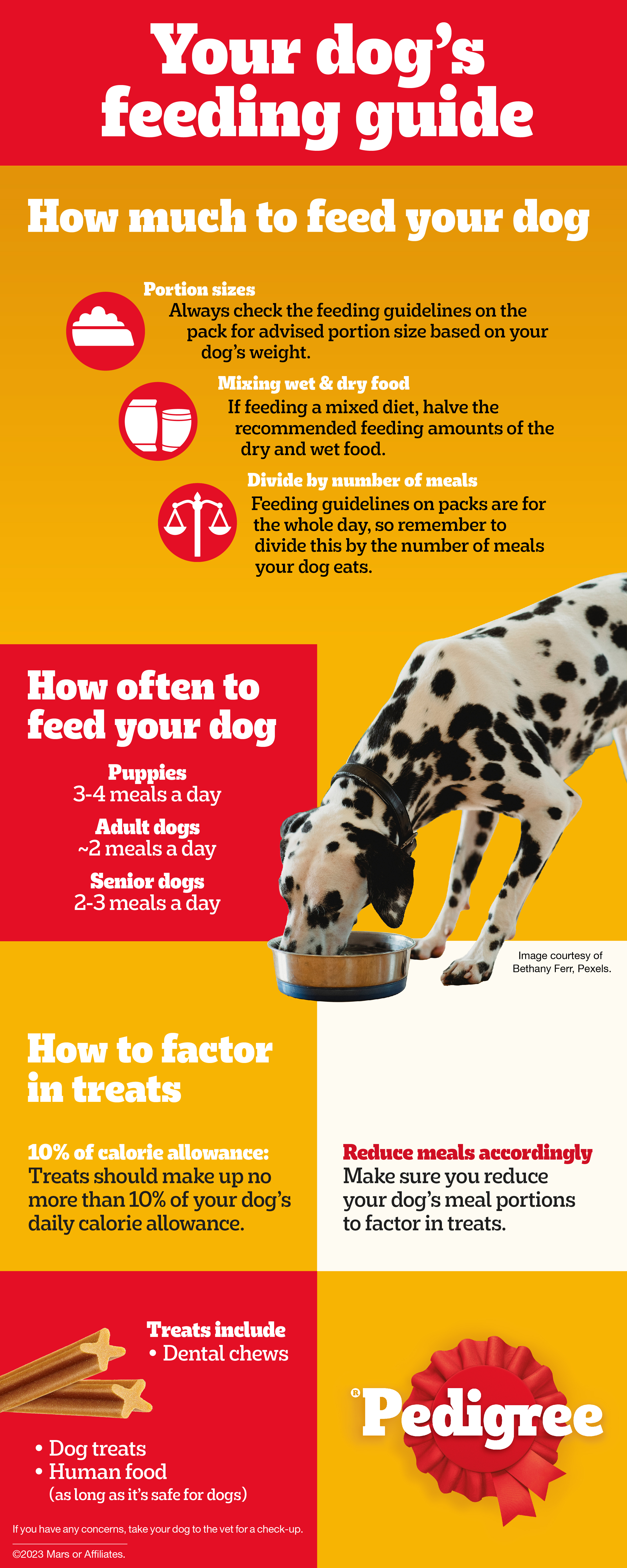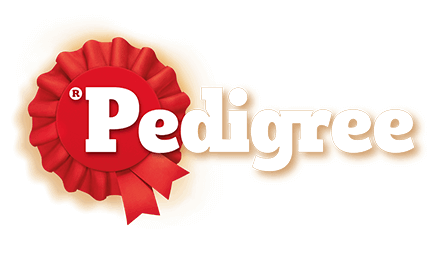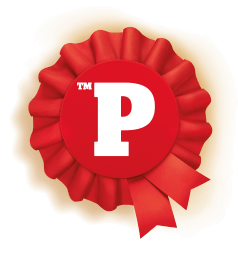Find products that match your dog’s needs

Photo by Caleb Woods on Unsplash
As a dog owner, it’s important that you don’t under or over feed your furry friend. By choosing the right dog food and understanding how much to feed a dog, you can make sure your pooch’s nutritional needs are met, so they can maintain a healthy weight and body condition.
The amount of food your pooch should eat each day will depend on a number of factors, including their size, age, weight, and lifestyle, as well as the calorie and nutrient profile of the dog food.
A good starting point for working out how much to feed your dog is to check the feeding guidelines on their food packet. Naturally, larger dogs need more food than smaller ones, so portion sizes are usually provided based on the pet’s bodyweight.
You should also consider factors such as whether you’re feeding them a mixed wet and dry food diet, whether they’re under or overweight, and if you’re feeding them daily treats.
Advised portion sizes can vary significantly between different brands and varieties of dog food, so it’s important to check the feeding guide for your dog’s specific food, which might be on the back or side of the packaging. For example, the recommended portion size for dry vs. wet food will differ due to the different calorie density in each, and because the higher moisture content in wet food makes it weigh more.
If your dog is eating a mixed diet of wet and dry food, be careful not to overfeed them. Experts at the Waltham Petcare Science Institute recommend your dog gets roughly half of their calories from dry food and half from wet food. Some products provide a feeding guide specifically for mixed feeding, but if they don’t – simply halve the recommended feeding amounts of each wet and dry food product and serve.

If your dog is underweight, you might like to feed them a little more than the recommended amount spread across the day, and if your dog is overweight, you should feed them a little less than is recommended. As for all dogs, you should always monitor their weight and body condition and adjust feeding amounts accordingly to ensure they stay healthy.
As a general rule, treats should make up no more than 10% of your dog’s daily calorie allowance. This includes dog treats and chews, as well as any dog-safe table scraps you might send their way. If you do allow your pooch the occasional treat, make sure you reduce their meals accordingly to factor in the extra calories. You can usually find out how many calories are in your dog’s treats and the recommended feeding guidelines by checking the packet.
Generally speaking, you should feed your adult dog twice a day – once in the morning and then again in the evening. Feeding schedules are different for puppies, however, because they’ve got smaller stomachs and appetites, they’re better suited to small frequent meals. Senior dogs or those with digestive issues might also find it easier to eat their food in smaller portions throughout the day. The advised feeding guidelines on dog food packets are based on the total amount of food to be fed per day, so remember to divide this by the number of meals your dog eats.
It’s important not to overfeed your pooch, as weight gain can lead to obesity, which can lead to further health problems. To help keep your dog trim, make sure you follow feeding guidelines and keep an eye on their body condition.
Their body shape can tell you much more about their health than their weight. The main thing to look for is that your dog is lean but not thin, meaning you should be able to feel their ribs through a slight fat covering and see a defined waist. If it’s difficult to feel their ribs and there is no waist tuck, it’s likely your pooch could do with losing a bit of weight.
Nutrition is one of the most important parts of keeping your pooch happy and healthy, so it’s essential that you don’t over or under feed them. By following feeding guidelines and considering factors such as their age, activity level, and daily treats, you can keep them at a healthy weight and provide the nutrients they need to thrive. For more advice on your dog’s diet and health, check out our help hub.
© 2023 Mars or Affiliates.

Find PEDIGREE® dog food online at one of our retailers today!
Buy online
Click to buy from any of the retailers below


